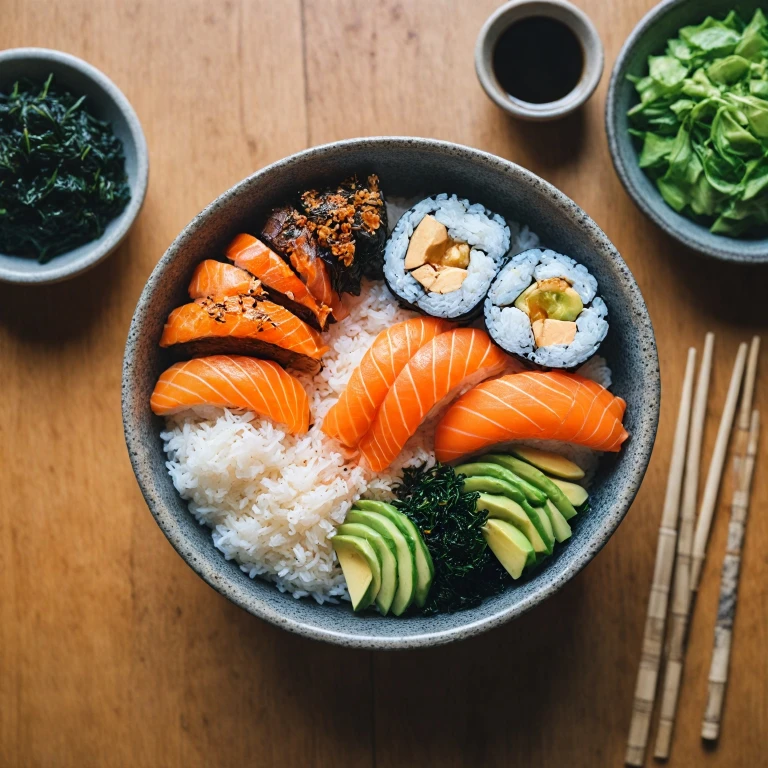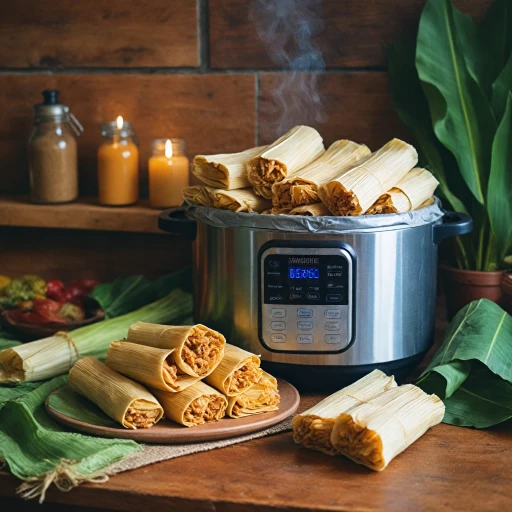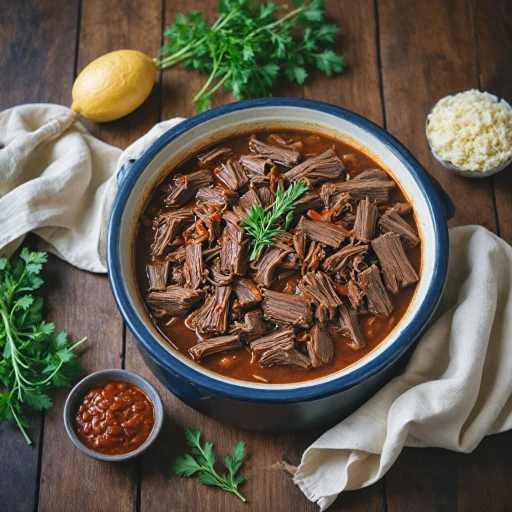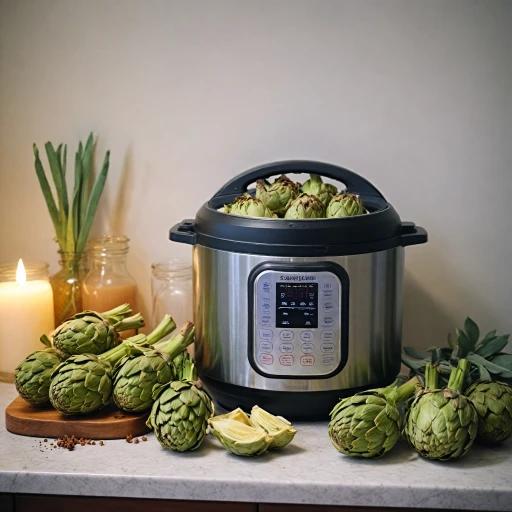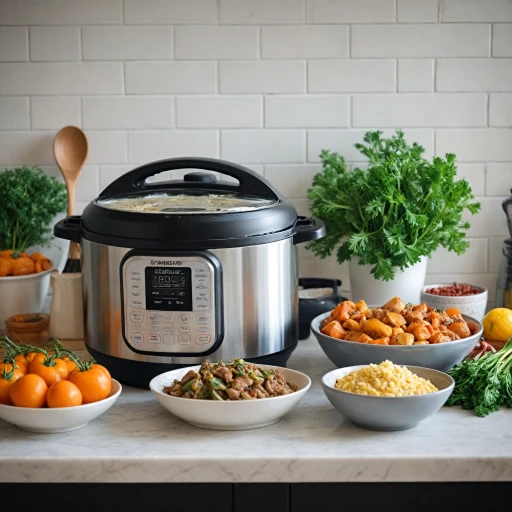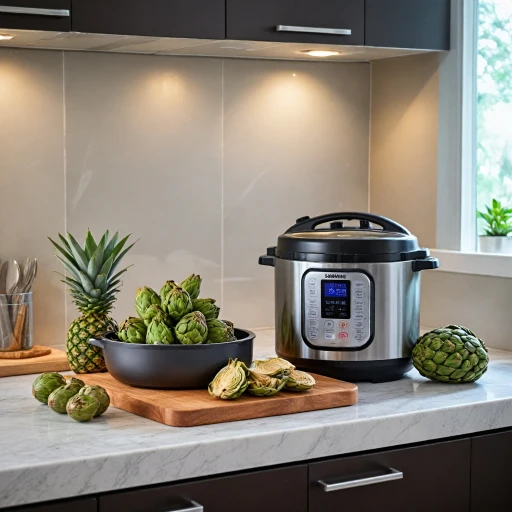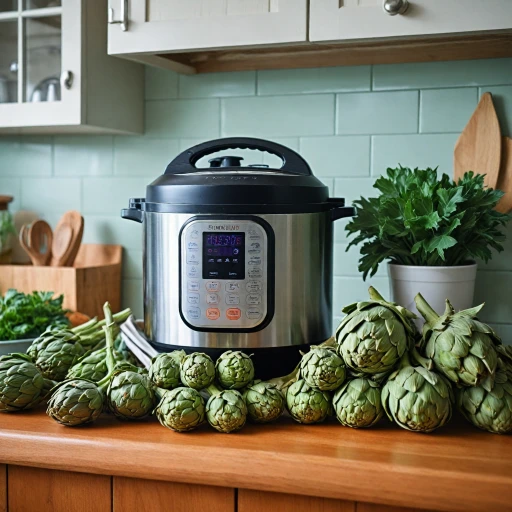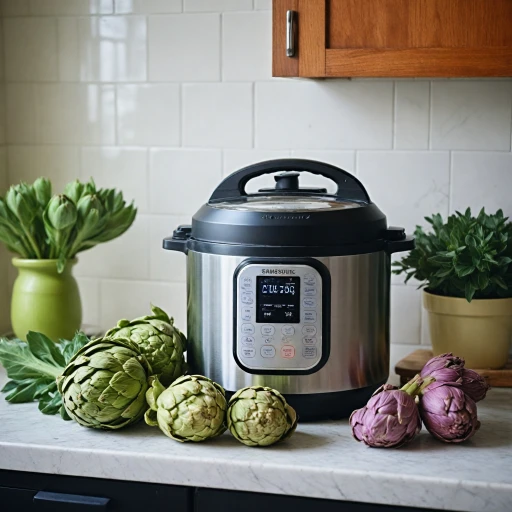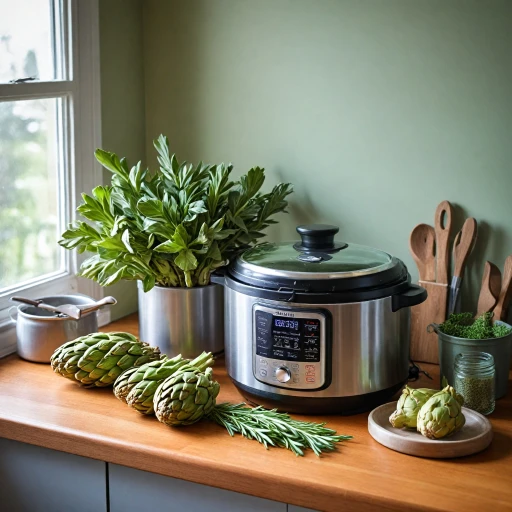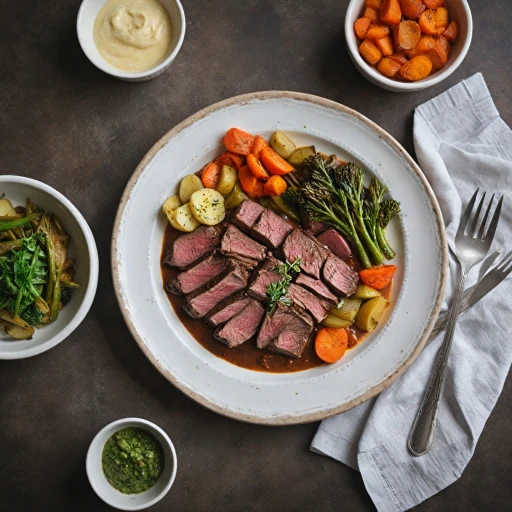
Understanding the Basics of Sushi Rice
The Importance of Selecting Quality Japanese Rice
Selecting the right type of rice is a crucial starting point for making perfect sushi. Opting for Japanese short grain rice ensures the ideal texture and stickiness needed for sushi rolls. This variety, often marketed as sushi rice, retains moisture well, resulting in a sticky yet separate grain profile. Quality short grain rice becomes the canvas for your sushi creations. Before cooking, it’s necessary to rinse the rice thoroughly. This process removes excess starch, preventing clumpiness and ensuring a smooth, polished texture that's ready to soak up the delicate sushi vinegar mixture.The Role of Sushi Vinegar
What transforms ordinary rice into sushi rice is the careful incorporation of sushi vinegar, a combination of rice vinegar, sugar, and salt. This vinegar mixture enhances the flavor profile, giving the rice a slightly sweet and tangy finish that's characteristic of sushi rice. Adjusting the quantities and balance of sugar and salt can impact the final taste, allowing personalization within traditional boundaries.Water Proportions – Precision Matters
Achieving the perfect rice-to-water ratio is vital. Using an Instant Pot ensures that the cooking process is precise and consistent, capturing the essence of traditional methods with modern convenience. Generally, a 1:1 ratio of rice to water is recommended for sushi rice. However, minor adjustments may be required based on specific preferences or rice variations. This balanced ratio ensures each grain is plump and tender, creating the perfect complement to the sushi vinegar dressing. For those ready to delve deeper into mastering the art of rice beyond sushi, exploring mastering brown rice with your Instant Pot offers insights into another versatile and wholesome rice option.Why Use an Instant Pot for Sushi Rice?
Unlocking Efficiency and Flavor with the Instant Pot
Using an Instant Pot to create sushi rice offers multiple advantages that enhance both the cooking process and the final product. This method streamlines the production of perfectly cooked rice, crucial for making delicious sushi rolls, all while maintaining key Japanese flavors.
The pressure cooker innovation of the Instant Pot ensures a more even and consistent cook than traditional methods. By maintaining precise control over temperature and pressure, it reduces the risk of overcooking or undercooking the delicate short grain rice. This makes it a superior choice for crafting the perfect sushi rice, where texture is essential.
Furthermore, using an Instant Pot simplifies the task of managing ingredients like rice, water, and vinegar. The appliance’s intelligent settings allow for exact measurement, ensuring the rice absorbs the necessary water and vinegar mixture perfectly. This balance is key for the rice’s flavor profile, allowing the vinegar, sugar, and salt to penetrate each grain thoroughly.
In terms of time efficiency, an Instant Pot speeds up the cooking process significantly. Traditional methods can take upwards of an hour, but with pressure cooking, you can achieve optimal results in just under 20 minutes. This not only makes it practical for everyday cooking but also means you can enjoy authentic Japanese sushi in less time.
By integrating these techniques, you can effortlessly produce a bowl of fluffy white sushi rice that is ideal for making sushi rice vinegar concoctions or pairing with fish for sushi rolls. The simplified process and enhanced flavors make this method a favorite for both novice and experienced home chefs seeking to elevate their rice recipe repertoire.
Step-by-Step Guide to Cooking Sushi Rice in an Instant Pot
Cooking Sushi Rice Like a Pro in an Instant Pot
Creating perfect sushi rice with an Instant Pot is a surprisingly simple process once you're familiar with the steps involved. The key to unlocking the best flavors and textures lies in precision and attention to detail. This guide will walk you through every step, ensuring you enjoy delicious sushi rolls any time you wish.
Before you begin, make sure to gather all necessary ingredients, including short grain Japanese rice, rice vinegar, sugar, and salt. Here’s how you can make perfect sushi rice using your Instant Pot:
- Measure Your Ingredients: Start by measuring the rice using a standard measuring cup, ensuring consistency. You'll need about two cups of short grain rice, which is perfect for creating that signature sticky texture crucial for sushi.
- Rinse the Rice: Thoroughly rinse the rice under cold water until the water runs clear. This step removes excess starch, which can make the rice gummy. Proper rinsing is essential to prevent the rice from clumping together when cooked.
- Add Water: After rinsing, add exactly two cups of cold water to your Instant Pot. The one-to-one water-to-rice ratio is critical for achieving that desirable consistency.
- Pressure Cook: Close the Instant Pot lid and select the ‘Rice’ function, or set it to high pressure for 5 minutes. Allow the rice to cook, and then let it naturally release pressure for another 10 minutes for the grains to fully settle.
- Create the Vinegar Mixture: While the rice is cooking, prepare your sushi vinegar mixture by combining half a cup of rice vinegar, 2 tablespoons of sugar, and 1 tablespoon of salt. Stir until the sugar and salt dissolve completely, creating a harmonious balance of flavors.
- Mix with Cooked Rice: Once the rice is ready, transfer it to a wide bowl. Gradually fold the vinegar mixture into the rice using a flat paddle or wooden spoon. It’s important to do this carefully to avoid breaking the grains, ensuring a shiny finish with a smooth texture.
Patience is key, as each step helps to enhance the rice's flavor profile, making it an integral part of your sushi creation. Create remarkable sushi dishes by mastering the art of making sushi rice in your pressure cooker. Dedicate time to crafting your sushi rice to perfection, and the results will speak for themselves.
Common Mistakes and How to Avoid Them
Avoiding Common Pitfalls in Your Sushi Rice Preparation
Creating perfect sushi rice in your electric pressure cooker can be a rewarding culinary experience. However, there are common mistakes that can impact the texture and flavor of your sushi rice. Here’s how to sidestep these typical errors for flawless results every time.- Rice Selection: Opt for Japanese short grain rice. This type of grain is essential for achieving the sticky and slightly sweet consistency that defines sushi rice. Avoid using long grain varieties like basmati, which won’t yield the same texture.
- Rinsing the Rice: It’s crucial to rinse your rice thoroughly until the water runs clear. This step removes excess starch, preventing your rice from becoming gummy during the pressure cook process.
- Water-to-Rice Ratio: Ensuring the right balance of water is vital. Use equal parts rice and water in your pot to maintain proper moisture levels. Too much water can leave the rice mushy, while too little can render it undercooked.
- Pressure and Cook Time: Set your instant pot to high pressure for the appropriate number of minutes. Overestimating the time can lead to overcooked rice that loses its delicate balance of firmness and stickiness.
- Sushi Vinegar Mixture: Properly combine rice vinegar, sugar, and salt before adding it to the rice. Make sure your vinegar mixture is well-dispersed to avoid uneven flavoring.
- Resting Time: After pressure cooking, give your rice some time to rest. This is crucial for allowing the grains to absorb the vinegar mixture fully and reach the ideal texture necessary for crafting sushi rolls.
Enhancing Your Sushi Rice
Elevating the Taste of Your Sushi Rice
Once you've mastered the art of cooking sushi rice in your Instant Pot, the next step is enhancing its flavor. The secret to perfect sushi rice lies in the delicate balance of ingredients that complement the rice's natural taste and texture. Here's how you can elevate your sushi rice to new heights:
- Vinegar Mixture: The traditional Japanese method of seasoning sushi rice involves a blend of rice vinegar, sugar, and salt. This vinegar mixture is crucial for achieving that authentic taste. After your rice is cooked, gently fold in the mixture while the rice is still warm. This allows the grains to absorb the flavors more effectively.
- Choosing the Right Rice Vinegar: Opt for a high-quality rice vinegar to ensure the best results. Some vinegars come pre-seasoned, so adjust the amount of sugar and salt accordingly to avoid overpowering the rice.
- Perfecting the Ratio: The typical ratio for the vinegar mixture is about 1/4 cup of rice vinegar, 2 tablespoons of sugar, and 1 teaspoon of salt for every 2 cups of uncooked rice. However, feel free to tweak these measurements to suit your taste preferences.
- Cooling Technique: After mixing, spread the rice in a wide bowl to cool it down quickly. This helps maintain the texture of the grains and prevents them from becoming mushy. Use a fan or a piece of cardboard to gently fan the rice as you stir.
- Experiment with Additions: While traditional sushi rice is simple, you can experiment with additional flavors. Consider adding a hint of dashi or kombu (dried kelp) to the cooking water for an umami boost.
By carefully balancing these elements, you can transform your sushi rice into a flavorful foundation for your sushi rolls or other Japanese dishes. Remember, the key is to enhance the natural taste of the rice without overpowering it.
Pairing Sushi Rice with the Right Dishes
Exploring Flavorful Combinations
To truly elevate your sushi rice prepared in the instant pot, pairing it with the right dishes is essential. The perfect sushi rice is not just about achieving the right texture and seasoning with rice vinegar, sugar, and salt; it's also about complementing it with harmonious and diverse flavors.- Sushi Rolls: The most traditional pairing! Use your freshly cooked sushi rice to make sushi rolls. Whether you prefer simple cucumber rolls or more elaborate sushi creations, the short-grain rice that's slightly sticky is key for binding ingredients together.
- Sashimi Plates: Serve your rice as a flavorful bed for sashimi. The subtle sweetness of the rice enhances the delicate taste of fresh fish, creating a balanced and delicious experience. A small side bowl of soy sauce and wasabi completes the aesthetic.
- Japanese Rice Bowls: Combine your prepared sushi rice with assorted vegetables and proteins into a bowl for a comforting meal. Consider adding tempura, grilled eel, or teriyaki chicken across your vinegared grains for a well-rounded dish.
- Rice and Vinegar Mixtures: Sushi rice works well with picked accompaniments like Japanese pickles. The tang of the vinegar mixture in the rice pairs excellently with these salty and umami-rich sides.
- Complimentary Sides: Enhance the meal by serving miso soup, edamame, or seaweed salad alongside your sushi rice. These additions balance the grain rice's texture and enhance its flavor profile.
